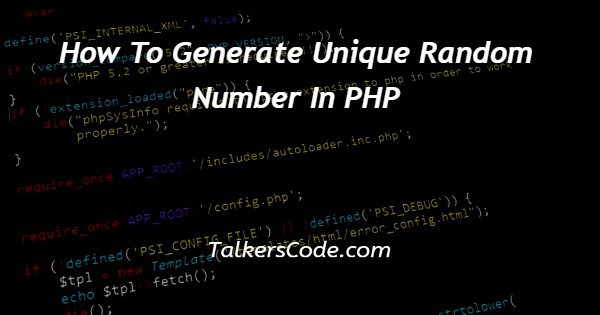

When subsetting matrices (and other high dimensional structures) because This is not useful for subsetting vectors, but it is useful The simplest type of subsetting is nothing, x, which returns theĬomplete x. Like with positive integers, you can also use a character vector to That means the sum of a logical vector is the number of trues, and the mean of a logical vector is the proportion of trues: In this case TRUE is converted to 1 and FALSE converted to 0. You’ve already seen the most important type of implicit coercion: using a logical vector in a numeric context. Vector with a numeric summary function, or when you use a double vectorīecause explicit coercion is used relatively rarely, and is largely easy to understand, I’ll focus on implicit coercion here. Implicit coercion happens when you use a vector in a specific context For example, you may need to tweak your readr Make the fix upstream, so that the vector never had the wrong type in

Yourself using explicit coercion, you should always check whether you can There are two ways to convert, or coerce, one type of vector to another:Įxplicit coercion happens when you call a function like as.logical(),Īs.integer(), as.double(), or as.character(). Even when complete, you’ll still need to understand vectors, it’ll just make it easier to write a user-friendly layer on top. I am working on a better approach,, but it will not be ready in time for the publication of the book.

It is possible to write functions that work with tibbles (like ggplot2, dplyr, and tidyr), but the tools you need to write such functions are currently idiosyncratic and immature. Vectors are particularly important as most of the functions you will write will work with vectors. I think it’s better to start with tibbles because they’re immediately useful, and then work your way down to the underlying components. If you’ve learned R in a more traditional way, you’re probably already familiar with vectors, as most R resources start with vectors and work their way up to tibbles. But as you start to write your own functions, and dig deeper into R, you need to learn about vectors, the objects that underlie tibbles. So far this book has focussed on tibbles and packages that work with them.


 0 kommentar(er)
0 kommentar(er)
